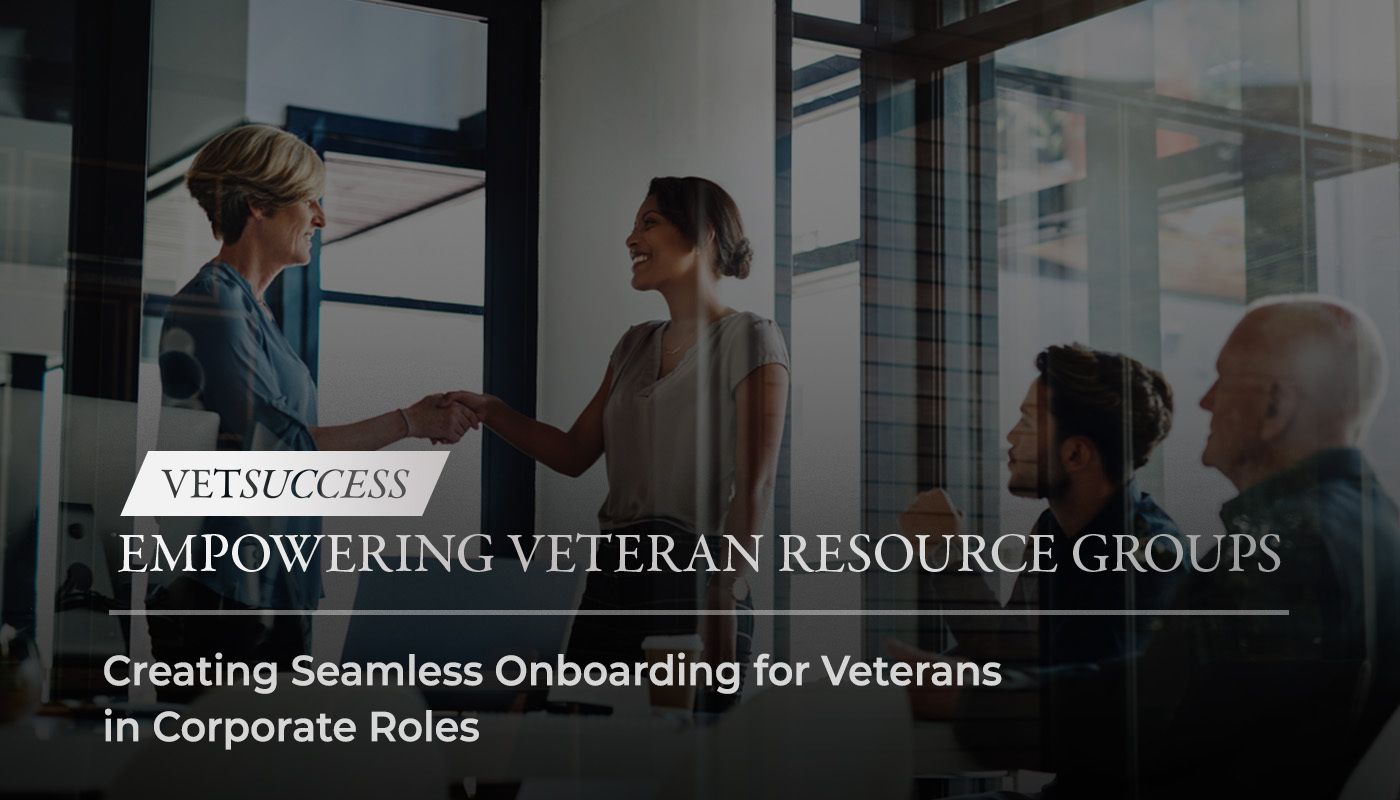A conversation with Amgen's Niel Smith

Could you provide a high-level overview of your background and share some insight into Amgen's work with veterans?
Niel Smith: I'm a 22-year veteran of the United States Army and retired as a Lieutenant Colonel. I was an armor officer with deployments to Kosovo, Iraq, Afghanistan, Syria, and elsewhere. I traveled to 46 countries while in the Army and finished as a cavalry squadron commander at Fort Cavazos, Texas. When I was leaving the Army, I ran into an Amgen recruiter. I hadn’t heard of the company and didn’t know anything about it. I looked up a veteran who works at Amgen, Ben Chu, and said, "Hey, tell me about this company." He gave me an hour of his time and convinced me that Amgen was a fantastic place for a second career. I was sold, so I pitched myself to become Amgen's first SkillBridge fellow.
This program lets you work for a company as you’re transitioning out of the military for a couple of months for free. I was fortunate, within five weeks of the fellowship, I was offered a job with Amgen as a Program Manager. I’ve been here for five years now, held several positions, and I’m currently a Director of Program Management and Business Transformation working large corporate projects. I’ve also become the leader of Amgen's 800-member veteran ERG (Employee Resource Group) and have helped more than 150 veterans follow in my footsteps.
What are some of the biggest challenges veterans face when transitioning into corporate roles, particularly in specialized industries like biotech?
Niel Smith: I think, for any civilian role, the number one challenge for veterans is defining their value versus someone who’s been in that industry for a long time, especially for senior-level transitions. For example, I had 22 years of experience in the United States Army in leadership and organization — all those soft skills were there. But I was competing for jobs against people who had been in biotech for 10 or 15 years. When you think on it, would you hire a senior manager at Amgen to be your Executive Officer in a tank battalion? What would motor pool Monday look like for them? So, it really comes down to defining your value statement— what you bring to the table in terms of organization, leadership, critical thinking, and your ability to thrive in ambiguous situations. Once you get in, you need to drive results to prove you belong there.
How does Amgen’s veteran ERG support veterans in adapting to corporate culture, and what elements have you found to be most effective?
Niel Smith: At Amgen, our veteran ERG works hand-in-hand with our veteran talent acquisition leads. We provide mentors for new hires, whether they come through SkillBridge or different recruiting efforts. We send individuals to talk to prospective employees, do a lot of networking, and make connections that help veterans find the right fit within Amgen. Veterans in our company come together to help each other and open up networks for new candidates to learn more about potential roles and meet hiring managers who might offer them an opportunity.
What’s your experience been like on the other side of things, leading Amgen’s ERG?
Niel Smith: I’m very fortunate that Amgen’s senior leadership, from the CEO down, are huge supporters. Our CEO, Bob Bradway, has been a huge supporter of veterans at Amgen, and our executive sponsor, Annalisa Pizzarello, has ensured we have all the resourcing we need. Part of my role as an ERG leader involves communicating to senior leadership on how to better support veterans. We focus on three main goals: providing veteran connections within the company, supporting veteran career development both for new hires and those looking to advance, and demonstrating veteran business impact. We’re now up to 12 chapters across various sites, including some international locations, with over 800 members. About 220 are veterans, and the rest are family members, supporters, or military spouses.
For companies that may have started building a veteran ERG or are starting from scratch, what advice would you give on foundational steps to create a successful group like Amgen’s?
Niel Smith: When I joined Amgen five years ago, our veterans’ ERG was at a low point. Some of the original leaders who had founded it had left, so a few people stepped in, started organizing, and began connecting veterans. You need a good core of passionate people committed to helping veterans, and then you spread the word, communicate, and provide value. We found that a lot of people crave that connection within the organization. Getting executive sponsorship from senior leaders also helped us significantly. At Amgen, there’s a lot of goodwill toward veterans, so we leverage that. We focused on leader development and building a “bench” of active veterans so we can rotate members through leadership roles in the ERG and prevents burn-out.
Our ERG has become known as a leader among our other ERGs because we organize well, execute, and consistently deliver. For example, at our Veterans Day ceremony, we’ve hosted amazing speakers like Robert De Niro, Katie Higgins Cook, Greg Gadson, Johnny Kim, and Chef Robert Irvine. We leverage our network and ask people to support us, and that’s our competitive advantage. That’s the advice I’d give to others starting an ERG: build that core group, get executive sponsorship, and make good use of your network.
Hear more from Niel Smith and other leaders in the ERG space during American Veterans Group's virtual panel, VetSuccess: Empowering Veteran Resource Groups on October 23, 1:30-2:30pm ET.


